The Drone Industry faces a significant challenge as prices for Chinese drone components have doubled due to tightened export controls from Beijing. The Financial Times reports that the surge stems from Beijing’s efforts to regulate shipments of critical parts, impacting manufacturers and pilots worldwide. With China dominating 70-80% of the global commercial drone market, valued at $41 billion, these restrictions are reshaping supply chains and raising costs for drone professionals and enthusiasts alike.
Rising Costs Hit Drone Manufacturers and Pilots
Beijing has imposed stricter export controls, requiring special licenses that many component makers find difficult to obtain, especially those exporting smaller volumes. This crackdown, intensified as U.S. President Donald Trump threatens higher tariffs, has led suppliers and intermediaries to double prices for foreign customers.
Purchasers at the Shenzhen Unmanned Aerial Systems Expo in southern China last month noted the sharp increase, with one Turkish drone maker highlighting the burden. “For example, last month it was $2,000 for air delivery, but today they want almost $3,500,” said a person from the company, reflecting the escalating freight costs driven by unreliable supply routes.
The reliance on Chinese components—spanning speed controllers, sensors, cameras, and propellers—leaves few alternatives. A French buyer producing targeting and surveillance drones for military use emphasized this dependency. “We try to make European drones, but we cannot make it with the same technologies as China,” he said, noting the three-year technology gap with Chinese counterparts. This scarcity forces companies to seek workarounds, such as expensive freight forwarders, who now charge double for restricted parts like thermal imaging cameras.
Technical and Operational Impacts on the Industry
The export restrictions affect drone performance and availability. Thermal imaging cameras, updated for control in September, have become a particular challenge, with Chinese suppliers doubling prices “because they take more risk” in avoiding regulations, according to the French buyer. Freight forwarders compound the issue by demanding payment in renminbi and requiring buyers to sign customs declarations under their names, creating Legal risks for importers.

Operationally, the $41 billion market sees drones originally designed for civilian use deployed on battlefields in Ukraine and the Middle East. Beijing’s regulations aim to prevent military applications, but enforcement remains uneven.
Zhao Yan, a representative for Shaanxi Xitou UAV Intelligent Manufacturing, a state-owned exporter, stated, “It is like a kitchen knife — we produce them for cutting vegetables, but whether they can be used for other purposes is determined by the buyer.” He added, “We sell our products to compliant buyers through compliant channels. As for what they use them for, we can’t decide.”
Economic and Regulatory Shifts Reshape Global Drone Markets
Economically, the price hikes strain drone manufacturers, particularly those expanding overseas. Exhibitors at the Shenzhen fair reported canceled plans, while sourcing agents struggle to understand why larger aircraft makers avoid foreign advertising. Khalil Esterhamlari, head of the Shenzhen-based China Iran Innovation and Cooperation Centre, reportedly canceled plans to source firefighting drones for Iranian clients due to strict customs scrutiny, limiting exports to agricultural drones.
The trend suggests a broader shift as global drone makers seek alternatives in Countries like Vietnam, though the French buyer called it “almost impossible” to organize shipping independently. These changes highlight the delicate balance between economic growth and regulatory oversight, urging the industry to adapt to a more fragmented supply chain.
As tensions persist, drone professionals and recreational pilots may face higher costs and delays, prompting a reevaluation of sourcing strategies in this evolving market.
Discover more from DroneXL.co
Subscribe to get the latest posts sent to your email.


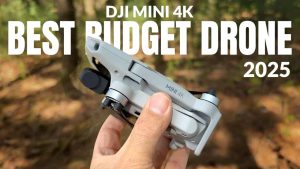

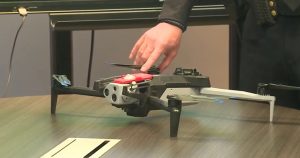
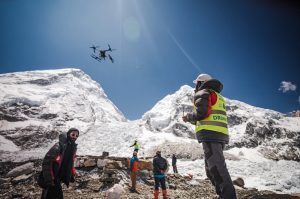
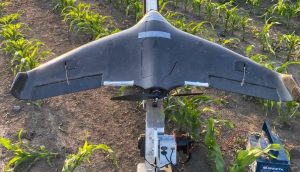
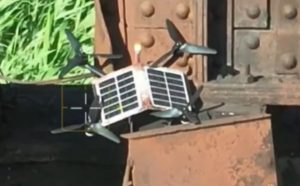
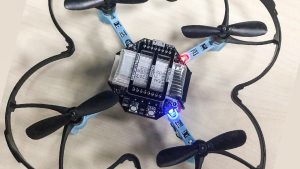
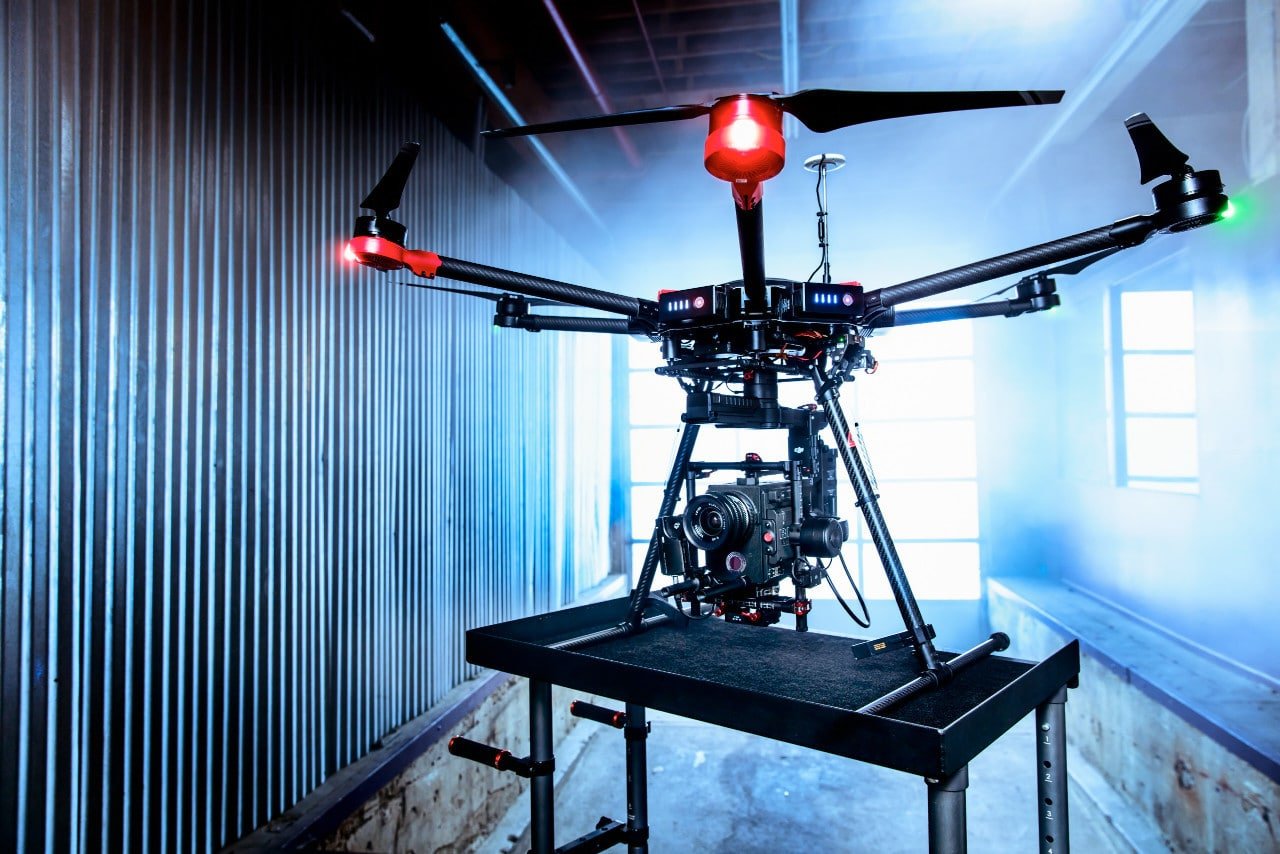
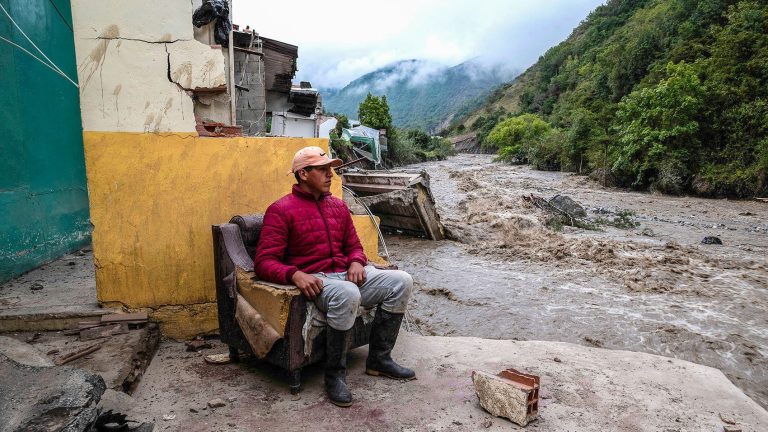
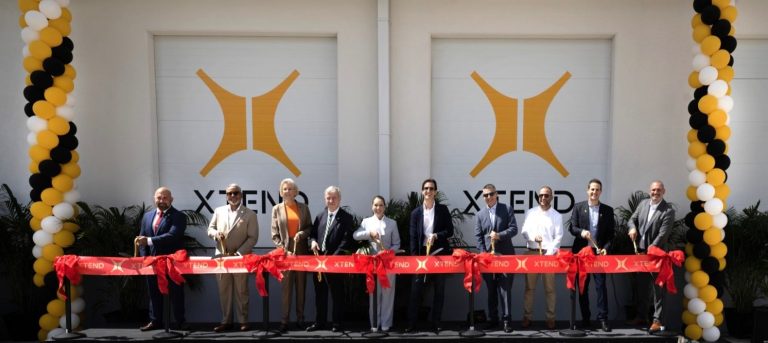
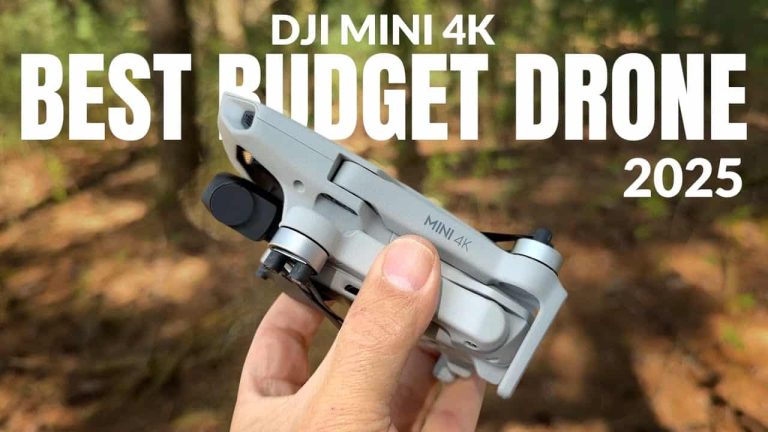

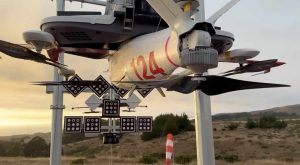

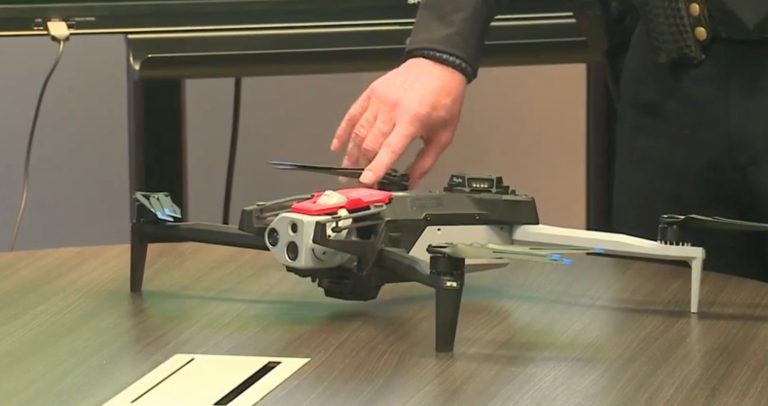
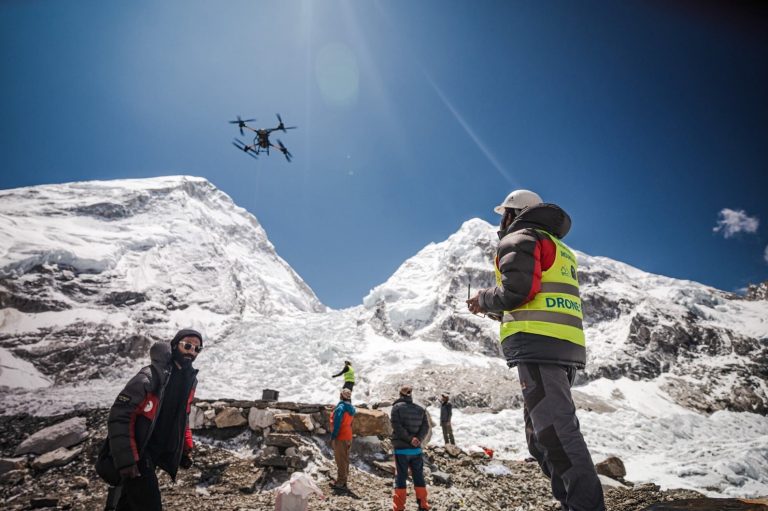
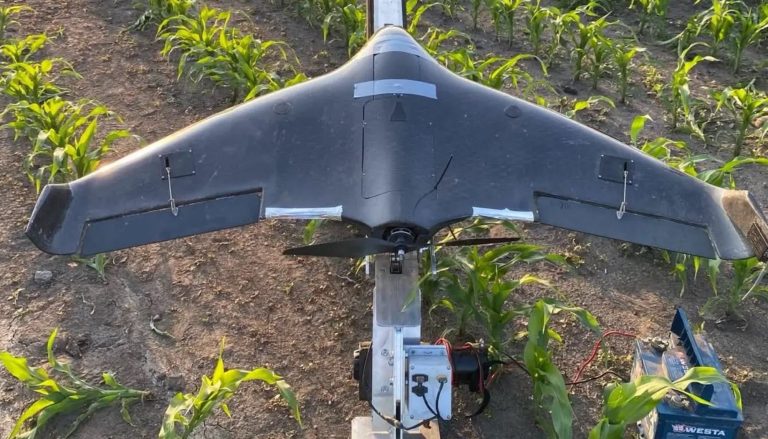
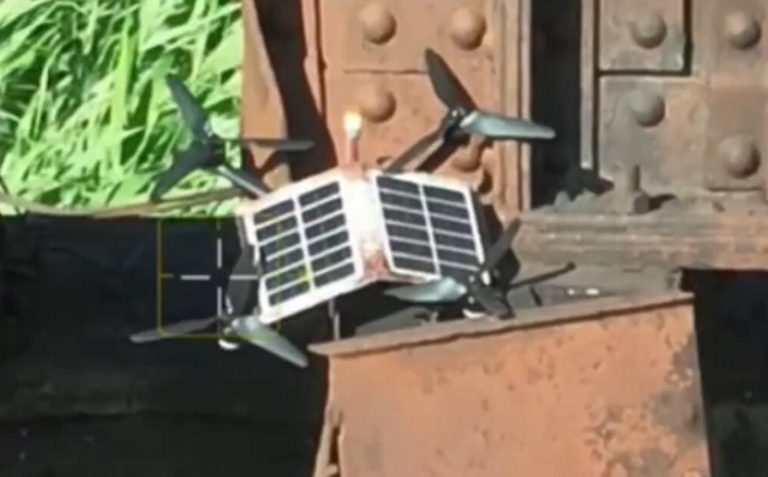
+ There are no comments
Add yours